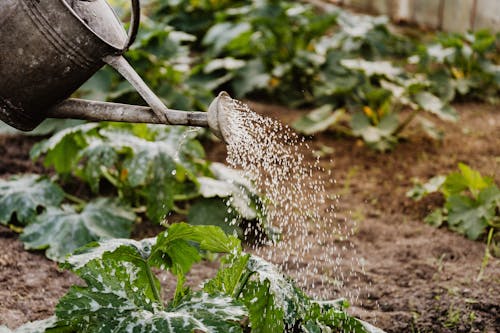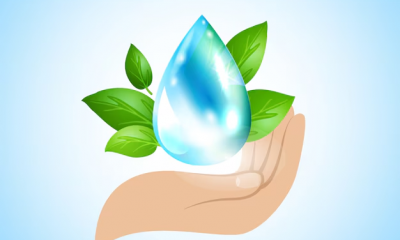Best of Johannesburg
How to Create a Greywater System for Your Joburg Garden in 2025

Greywater System for Joburg Gardens | Water Saving Guide 2025
Water scarcity in Johannesburg is more urgent than ever. Fortunately, setting up a greywater system in your garden is a smart, eco-friendly way to save water, lower your bills, and keep your plants healthy all year round.
Also read: Gauteng Water Supply Cycle Explained: Joburg’s Water Security in 2025
What Is Greywater?
Greywater is gently used household water from showers, baths, bathroom sinks, and washing machines. It excludes toilet and kitchen sink water, which contains harmful contaminants and requires more advanced treatment.
“Greywater contains beneficial nutrients like nitrates and phosphates that can support plant growth, making it a valuable resource for sustainable gardening,” explains water conservation expert Marc Yoko.
Benefits of Using Greywater in Your Garden
-
Conserve Water: Reduce your reliance on municipal water supplies.
-
Cut Water Bills: Reuse water to lower monthly expenses.
-
Support Joburg’s Water Sustainability: Less strain on sewage systems and water treatment plants.
-
Provide Nutrients: Greywater often contains plant-friendly nutrients.
-
Reduce Sewage Load: Decrease pressure on septic tanks and sewer lines.

Image 1: Facebook/RE/MAX OF SOUTHERN AFRICA
Step-by-Step Guide to Setting Up Your Greywater System
1. Identify Greywater Sources
Choose suitable sources such as showers, baths, bathroom sinks, and washing machines. Avoid kitchen sinks and toilets.
2. Select a Storage Tank
Pick a tank sized for your household and garden. Options include 50-litre drums for small gardens or larger JoJo tanks (100–400 litres) for bigger setups. Tanks should be durable, corrosion-resistant, and suitable for underground or above-ground installation.
3. Install a Filter
A filter removes hair, lint, and debris. A simple macro filter works for most setups, but if you’re irrigating edible plants, consider additional filtration or disinfection.
4. Connect Plumbing
Redirect greywater from your chosen sources into the storage tank. DIY Laundry-to-Landscape (L2L) systems are popular, but more complex plumbing may require professional help.
5. Choose an Irrigation Method
Drip irrigation is ideal as it delivers water directly to plant roots, minimizing odour and water loss. Sprinklers or manual watering are options for smaller areas.
6. Disinfect if Storing Greywater
If you plan to keep greywater longer than a few hours, use disinfection methods such as ozone injection or UV treatment to prevent bacterial growth and smells.
7. Manage Overflow Safely
Ensure your tank has an overflow outlet connected to the municipal sewer or soak pit to handle excess water safely.
Essential Tips for Greywater Use in Joburg
-
Use Greywater Within 24 Hours: Water quality deteriorates rapidly; timely use reduces bacteria.
-
Avoid Sensitive Plants: Do not apply greywater to roses, orchids, ferns, or seedlings.
-
Choose Biodegradable Soaps: Use eco-friendly detergents without phosphates or harsh chemicals.
-
Rotate Watering Areas: Move irrigation outlets to prevent salt buildup and soil damage.
-
Check Local Regulations: Confirm municipal guidelines for greywater use and system installation.
Installing a greywater system is an effective way to address water scarcity challenges in Johannesburg. Whether you build a simple DIY Laundry-to-Landscape setup or invest in a professional greywater treatment system, you’ll save water, support the environment, and keep your garden thriving through dry spells and water restrictions.
Also read: How Joburg Communities Can Lead the Way in Sustainable Water Management
Follow Joburg ETC on Facebook, Twitter , TikTok and Instagram
For more News in Johannesburg, visit joburgetc.com
Source: Life is a Garden, jojo.co.za, Calcamite, SA Garden and Home
Featured Image: Kaboompics.com (Pexels)



























